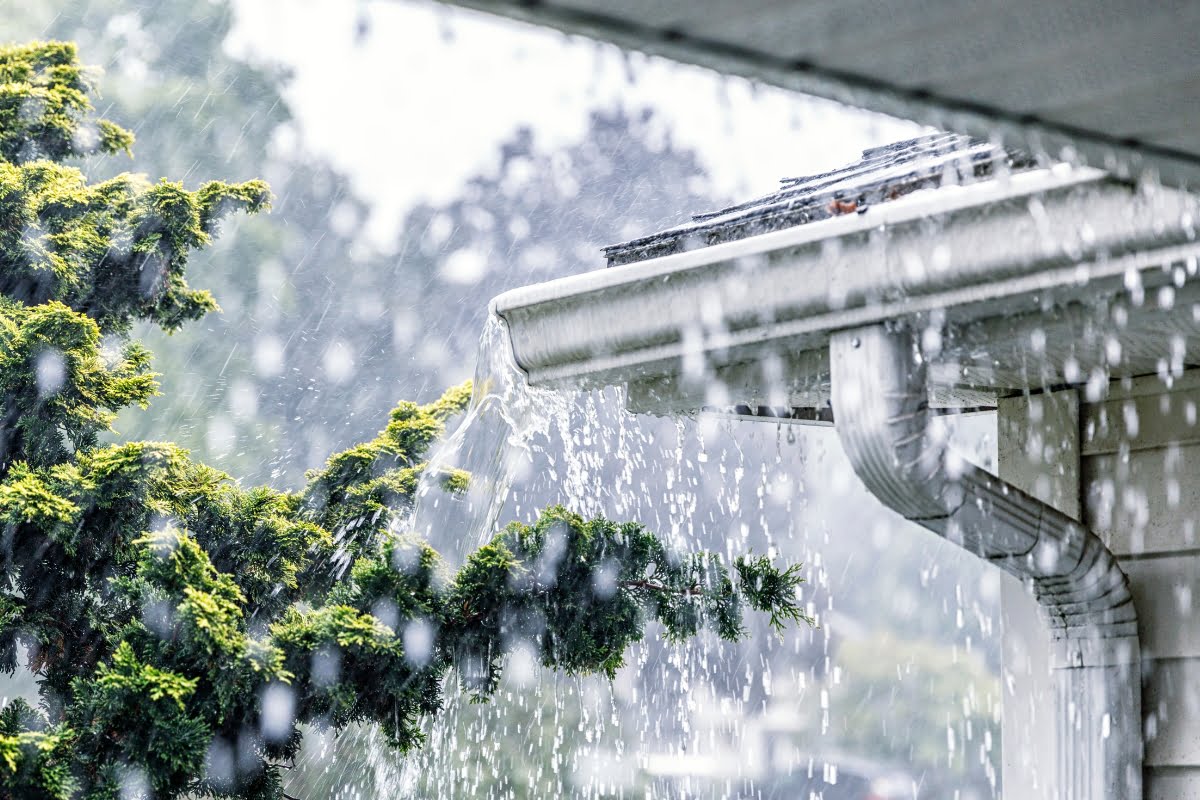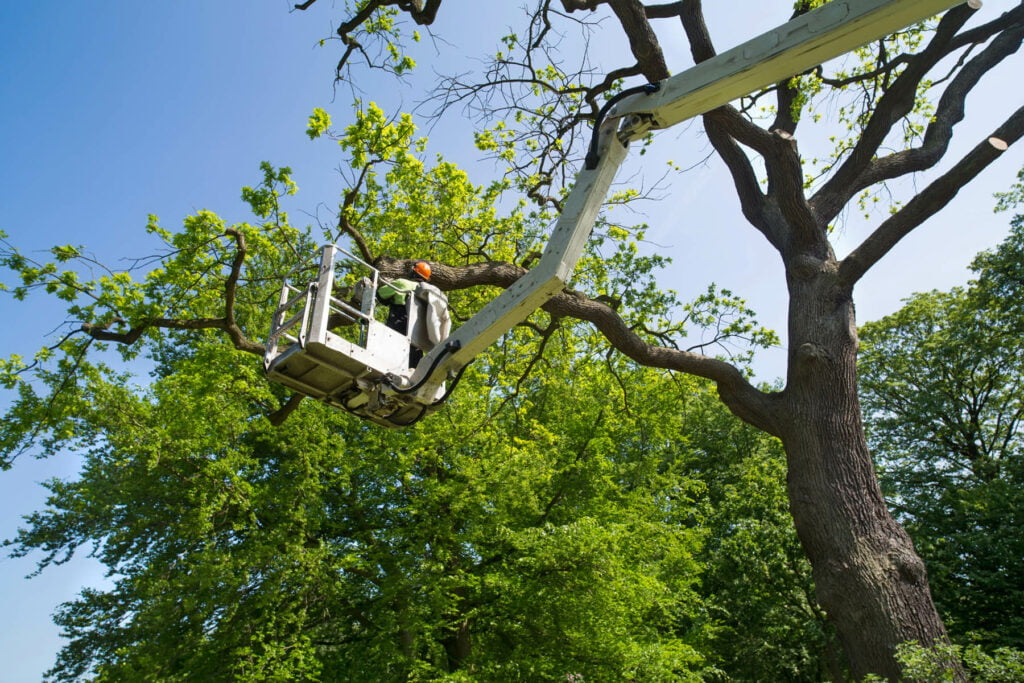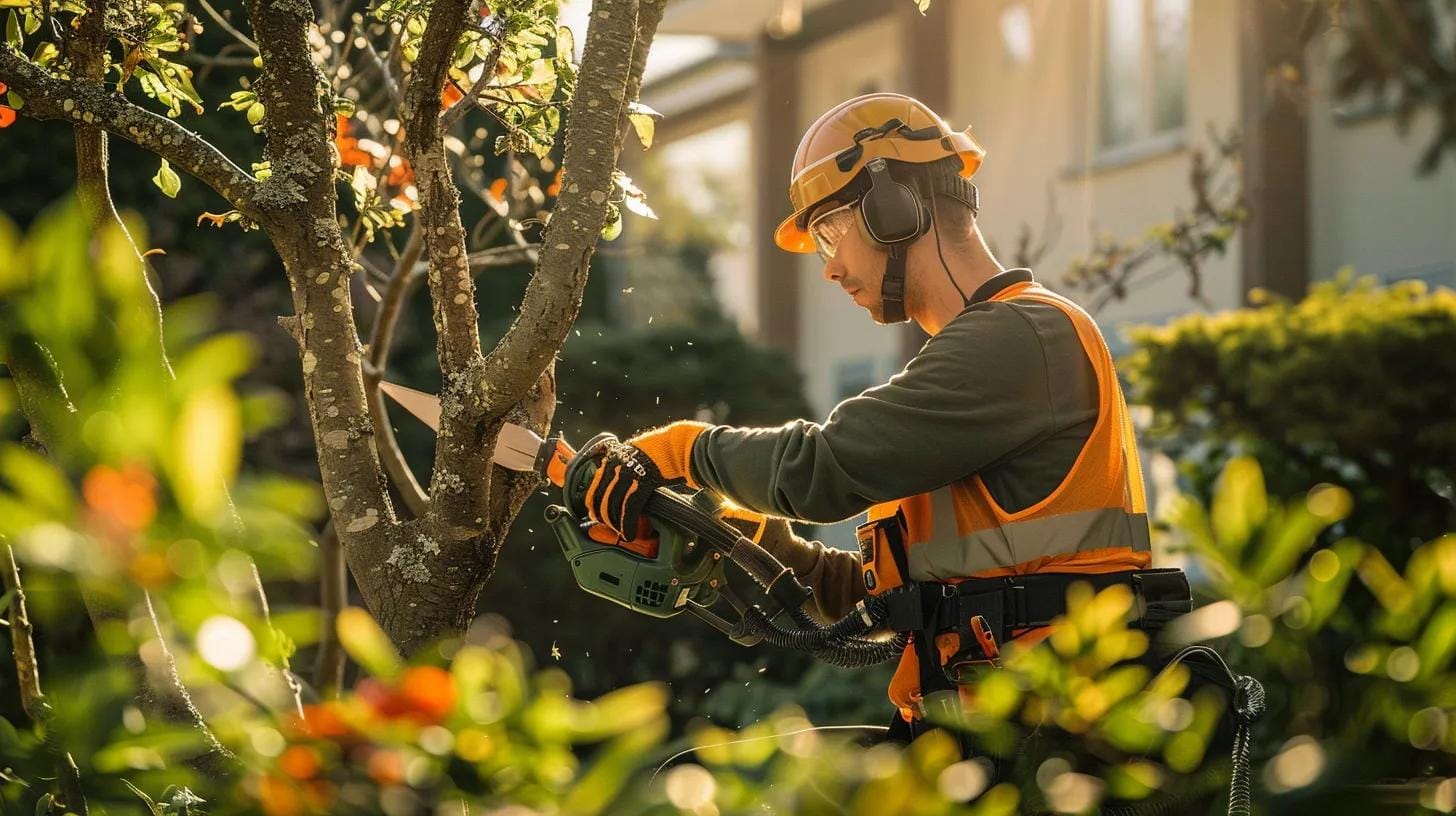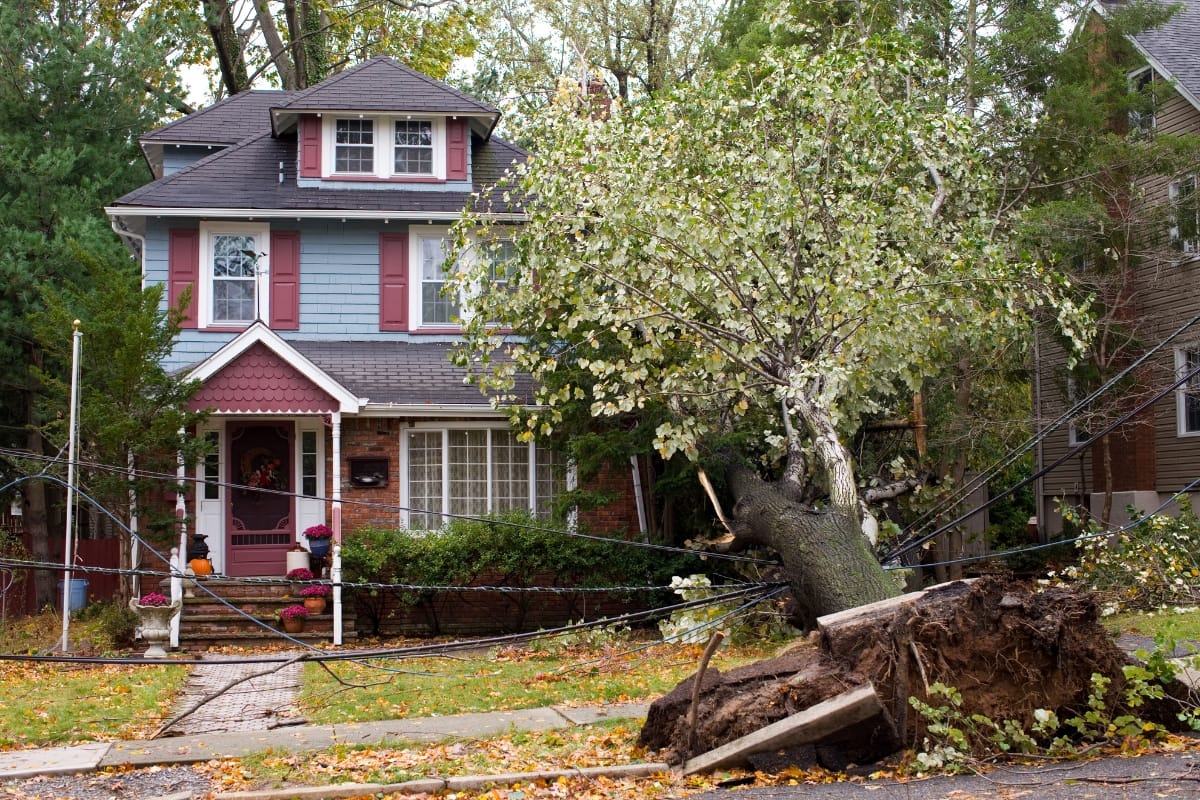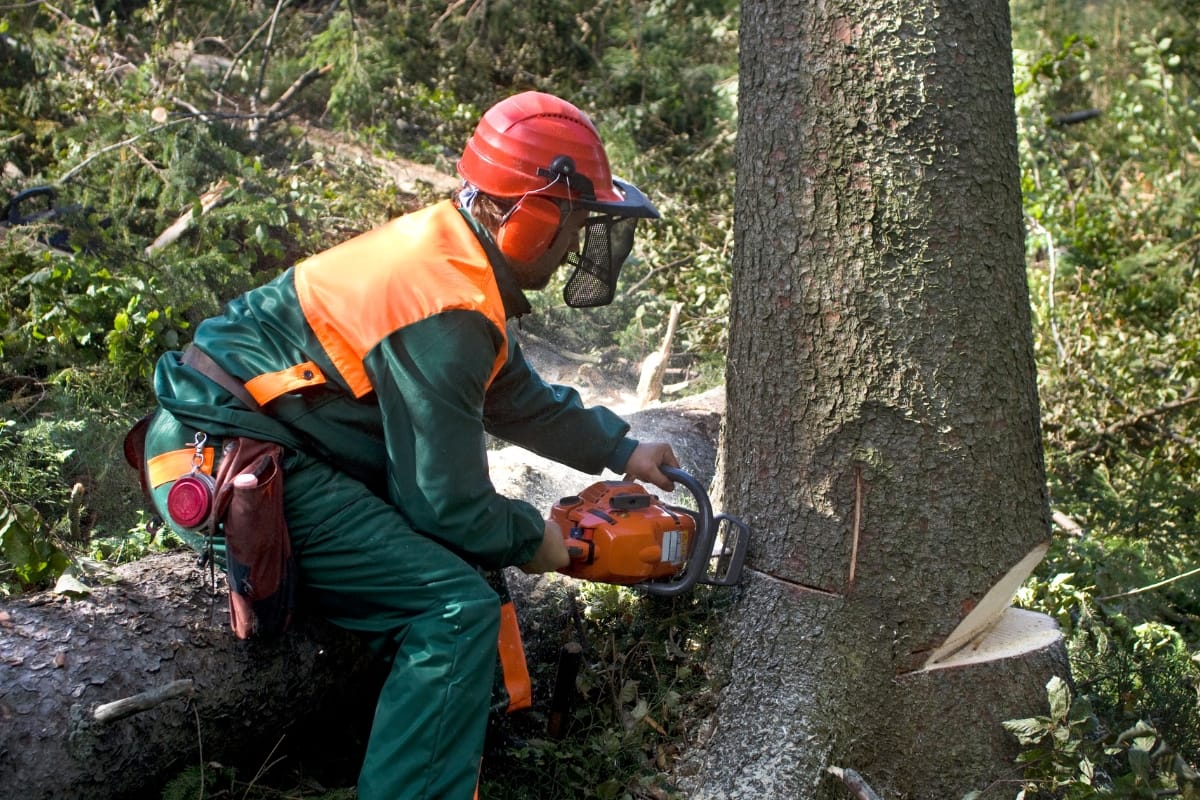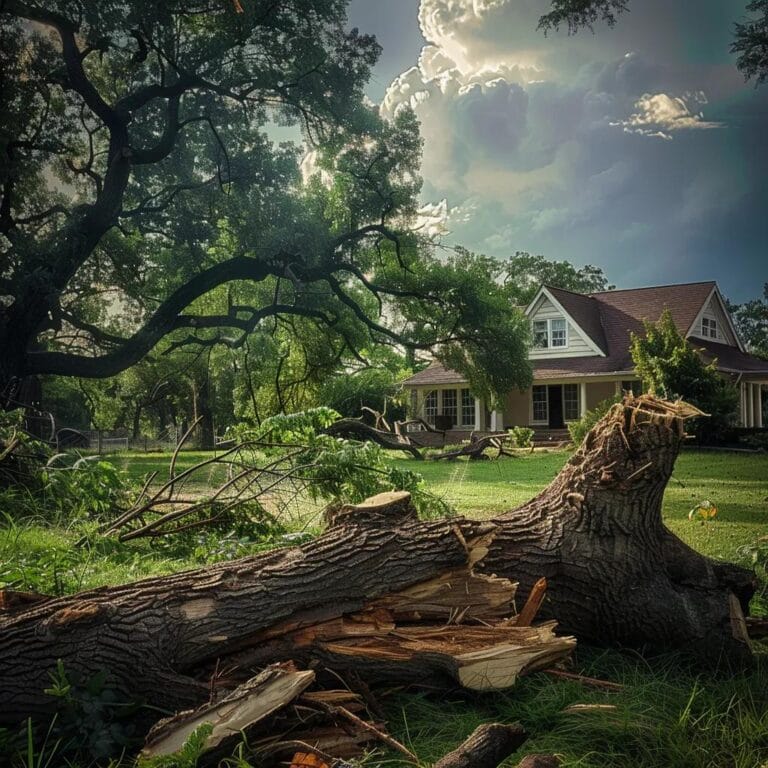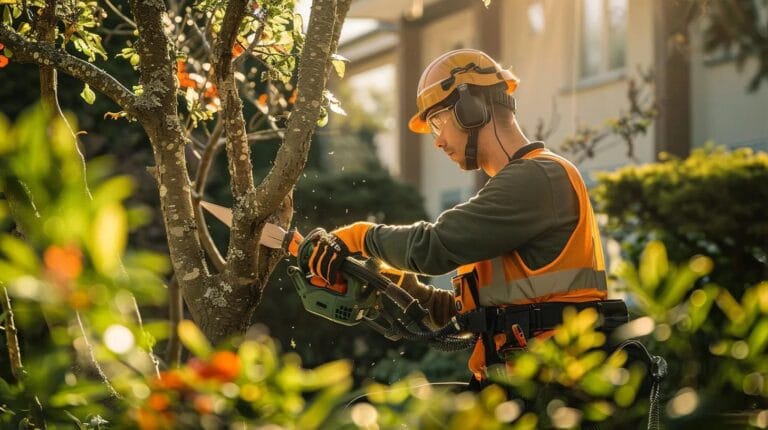In Georgia, where storms and severe weather can strike unexpectedly, storm proofing your home is essential for protecting your property and ensuring your family’s safety.
Taking proactive steps to reinforce your home against high winds, heavy rain, and flying debris can significantly reduce the risk of damage and give you peace of mind during storm season.
Here, we’re going to share practical tips for storm-proofing your home, from reinforcing windows and doors to securing outdoor structures and maintaining drainage systems. Whether you’re preparing for hurricane season or simply want to safeguard your home year-round, these strategies will help you stay protected against Georgia’s unpredictable weather.
Protect Your Property: Hurricane Proofing Your Home Made Easy
Understanding the Storm Risks in Georgia
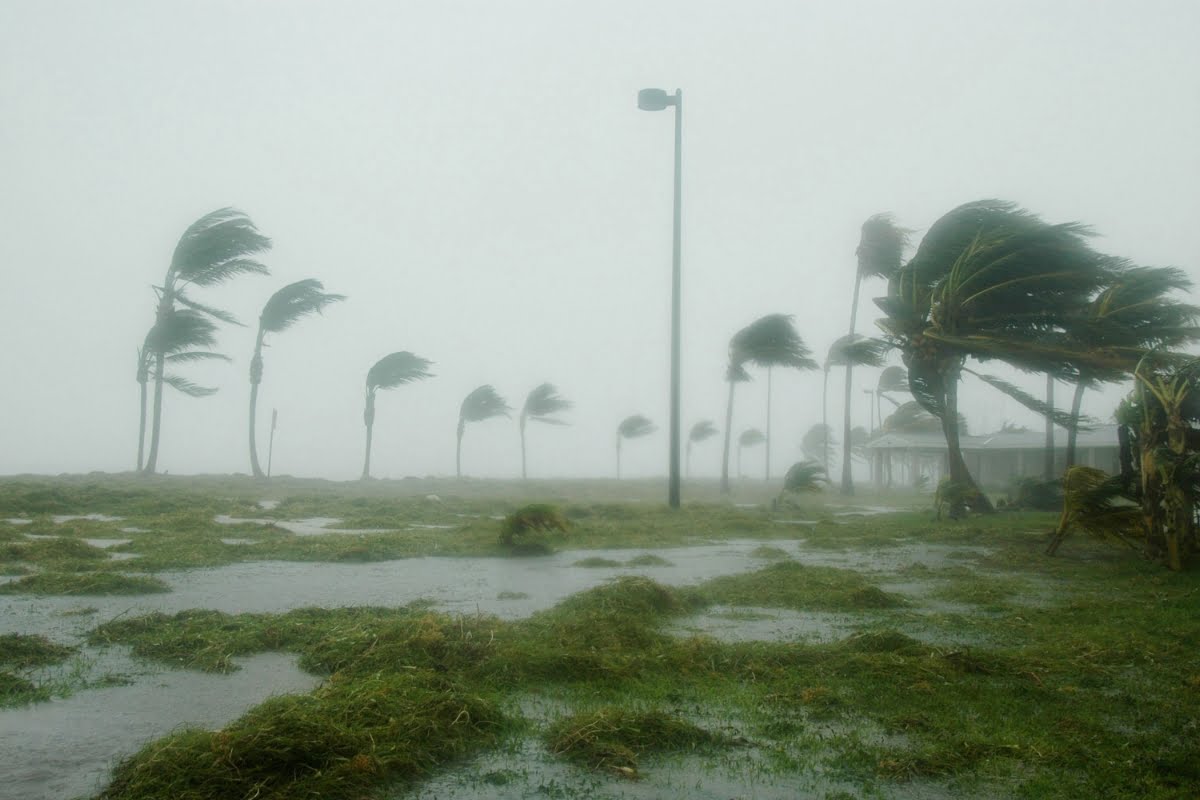
Living in Georgia means dealing with a variety of severe weather, including thunderstorms, hurricanes, and tornadoes. Knowing the specific storm risks for Georgia is key to protecting your home from potential damage.
Coastal areas in Georgia are especially at risk for hurricanes and tropical storms. These powerful storms can bring heavy rain, strong winds, and flooding that can damage homes and property. Inland regions are also vulnerable to thunderstorms and tornadoes, which can cause high winds, hail, and sudden floods.
By learning about the common types of storms in your area, you can better prepare your home to handle them. Keep an eye on weather updates and alerts from local authorities, so you can take action before a storm hits.
Assessing Your Home’s Vulnerabilities
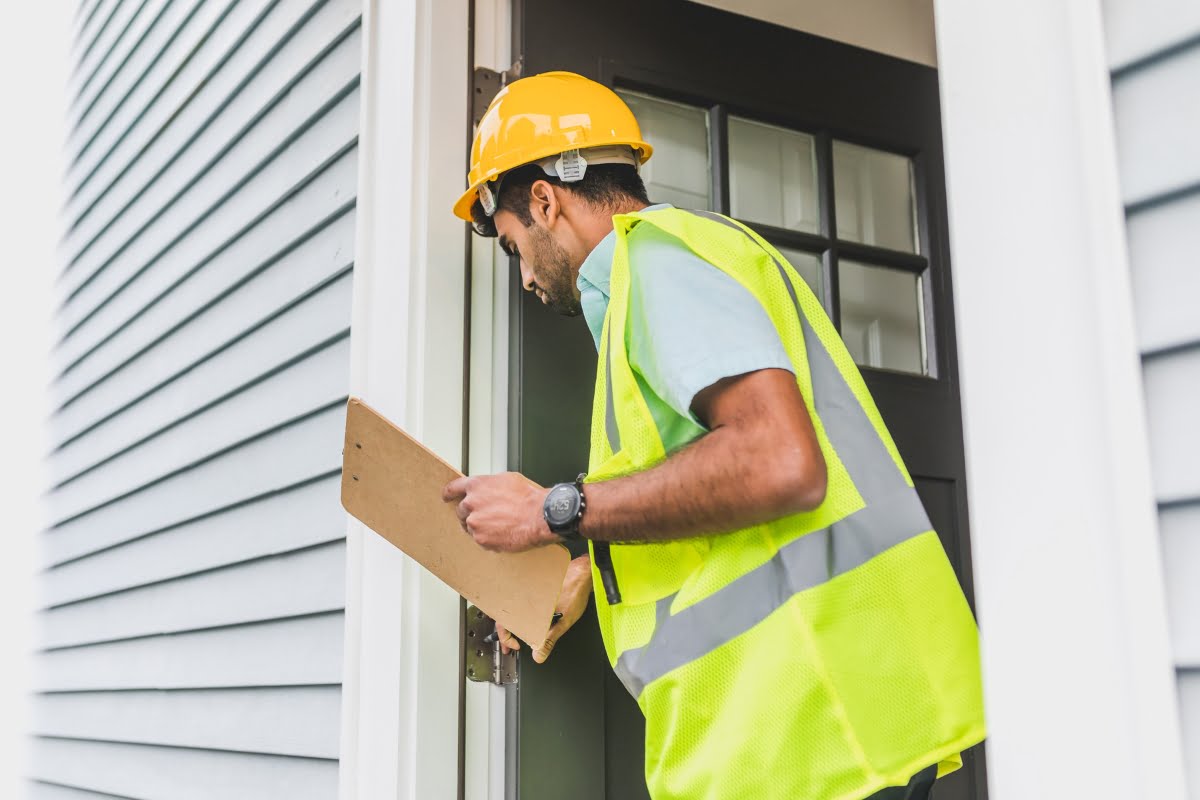
The next step in storm-proofing your home is identifying its weak points. Carefully examine your property to spot areas that could be damaged during severe weather.
Start by inspecting your roof. Check for loose, cracked, or missing shingles, as these can allow rainwater to seep in, leading to leaks and water damage. It’s also important to look for weak spots where strong winds might penetrate, such as damaged flashing or sagging areas. Fixing these issues before a storm hits can save you from costly repairs down the road.
Next, focus on doors and windows. Make sure they are properly sealed to keep out rain and wind. If you live in a hurricane-prone area, it might be a good idea to invest in impact-resistant windows, which can stand up to flying debris. Another option is adding hurricane proof windows to your home to protect against high winds and broken glass.
As you assess your home, don’t forget to check outdoor features like gutters and drainage systems. Clear any debris to ensure rainwater can flow away from your home, reducing the risk of flooding. Trim back trees and branches that could fall on your roof or windows during a storm.
Taking the time to assess and strengthen your home’s weak points can go a long way in keeping your property and family safe when storms strike.
Fortifying Your Roof: The First Line of Defense
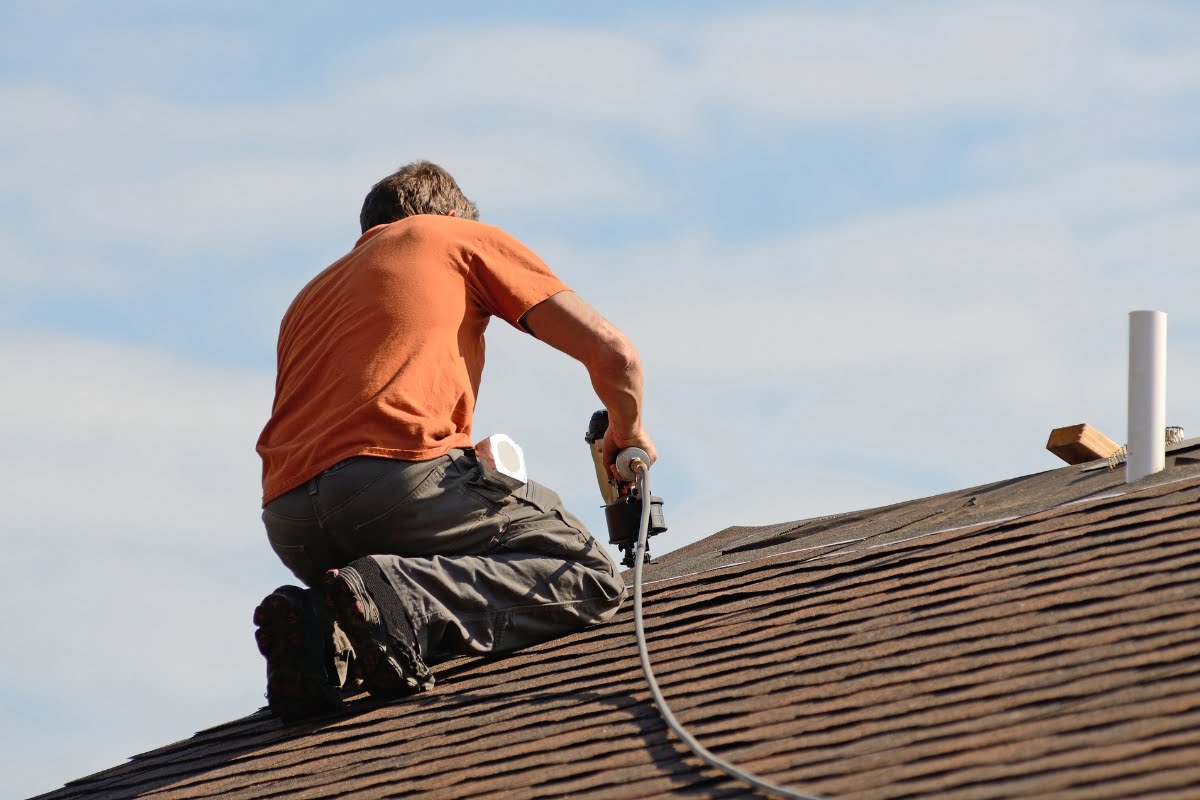
Your roof serves as the primary barrier against harsh weather conditions, so it’s essential to strengthen it to prevent water leaks and wind damage. A well-maintained roof can significantly reduce the risk of costly repairs after a storm.
Begin by checking your roof for any loose, missing, or damaged shingles. If you notice any issues, replace them immediately to keep your roof secure. Opt for roofing materials that are specifically designed to withstand strong winds and impacts, especially in areas prone to severe storms.
For homeowners living in hurricane-prone regions, installing hurricane straps or clips is a smart move. These devices help anchor the roof trusses or rafters to the walls of your house, reducing the chances of the roof being torn off during strong winds.
Regular upkeep is vital to maintaining the strength of your roof. Trim any tree branches that hang over your home since they can break and fall onto your roof during storms. Additionally, ensure that gutters and downspouts are free from debris, as clogged drainage systems can lead to water pooling on your roof and causing leaks.
By taking these steps to fortify your roof, you can help protect your home from severe weather and prevent extensive damage during storms. Regular inspections and proactive maintenance will give you peace of mind and ensure your roof stays in top condition, no matter the weather.
Reinforcing Doors and Windows: Keeping the Elements Out
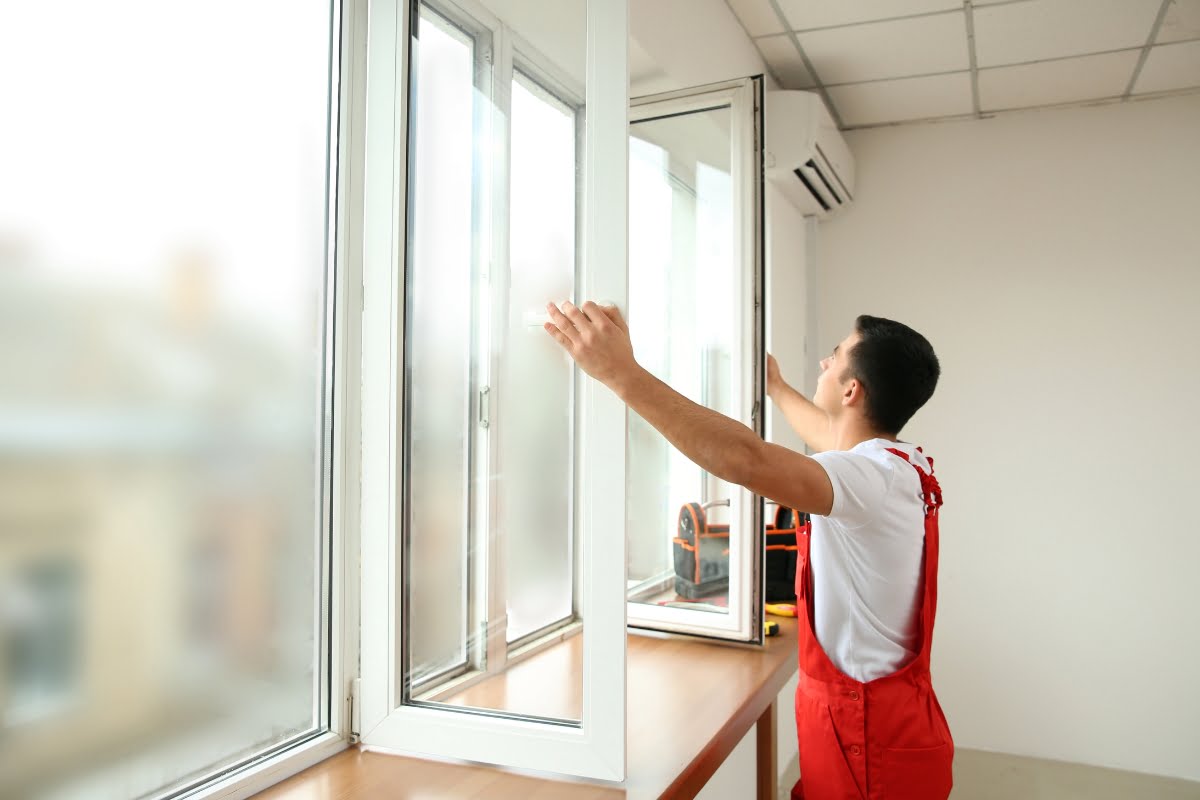
Doors and windows are some of the most vulnerable spots in your home during a storm. Strengthening them is essential for keeping wind, rain, and debris from entering and causing damage.
One way to protect your home is by installing impact-resistant doors. Look for doors made from durable materials like fiberglass or steel, which are built to withstand high winds and flying debris. These doors provide an extra layer of defense, reducing the chances of them being breached during severe weather.
Windows are another key area to reinforce. Consider upgrading to impact-resistant glass, which can better handle the force of strong winds and flying objects. If replacing windows isn’t an option, installing storm shutters is a great alternative. Storm shutters come in both permanent and temporary options, allowing you to put them up quickly before a storm hits.
In addition to reinforcing the structure of doors and windows, don’t forget to seal any gaps or cracks around them. Use weatherstripping or caulking to prevent water from seeping in, which can lead to costly damage if left unchecked.
Securing Outdoor Structures and Furniture

Outdoor structures like sheds, gazebos, and fences are vulnerable to damage during storms. Taking the right steps to secure these areas is important to prevent them from being destroyed or causing harm to your property.
For sheds and gazebos, make sure they are properly anchored to the ground. Installing hurricane straps or tie-downs can help keep them stable, especially in high winds. These reinforcements are designed to prevent outdoor structures from being lifted or blown away by strong gusts.
When severe weather is approaching, take the time to move outdoor furniture, grills, and decorations indoors or store them in a garage or another secure location. These items can easily turn into dangerous projectiles in strong winds, which could damage your home, vehicles, or even nearby homes.
For larger outdoor items that cannot be moved, such as heavy grills or bulky furniture, consider using heavy-duty straps to secure them to the ground or to solid structures. Additionally, examine your fences for weak spots or loose panels and repair them before storms hit to minimize the risk of them being blown down.
By securing outdoor structures and removing potential hazards, you can help reduce damage to your home and ensure that your yard is safe when storms hit. Regularly checking these areas for weaknesses and preparing ahead of time will give you peace of mind and protect your property.
Creating an Emergency Preparedness Plan
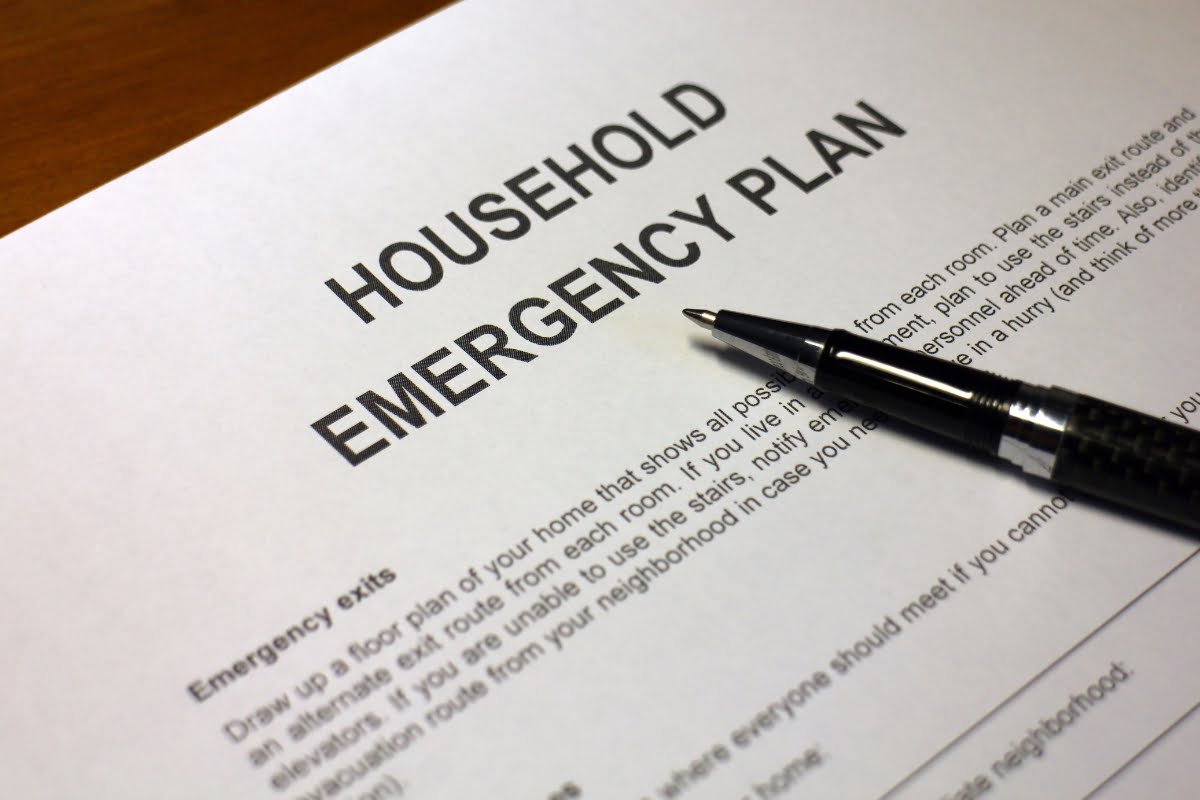
Along with securing your home, it’s just as important to develop an emergency preparedness plan to keep your family safe during a storm. This plan should cover what steps to take before, during, and after severe weather.
Start by choosing a safe space in your home where your family can shelter during the storm. This room should be on the lowest floor, away from windows, and reinforced if possible. Basements, interior bathrooms, or closets are typically good choices.
Next, prepare an emergency kit that contains essential items such as non-perishable food, water, flashlights, extra batteries, a first-aid kit, medications, and blankets. It’s also wise to include important documents in a waterproof container. Make sure everyone in your household knows where to find the kit and how to access it quickly if needed.
Being aware of evacuation routes and nearby shelters is also crucial. Take the time to familiarize yourself with the emergency protocols provided by local authorities. This will help ensure that your family can evacuate safely if necessary. Having a plan in place, knowing your options, and staying updated on weather alerts will allow you to respond quickly and avoid panic during a storm, ensuring that you and your family stay as safe as possible.
Investing in Storm-Resistant Materials
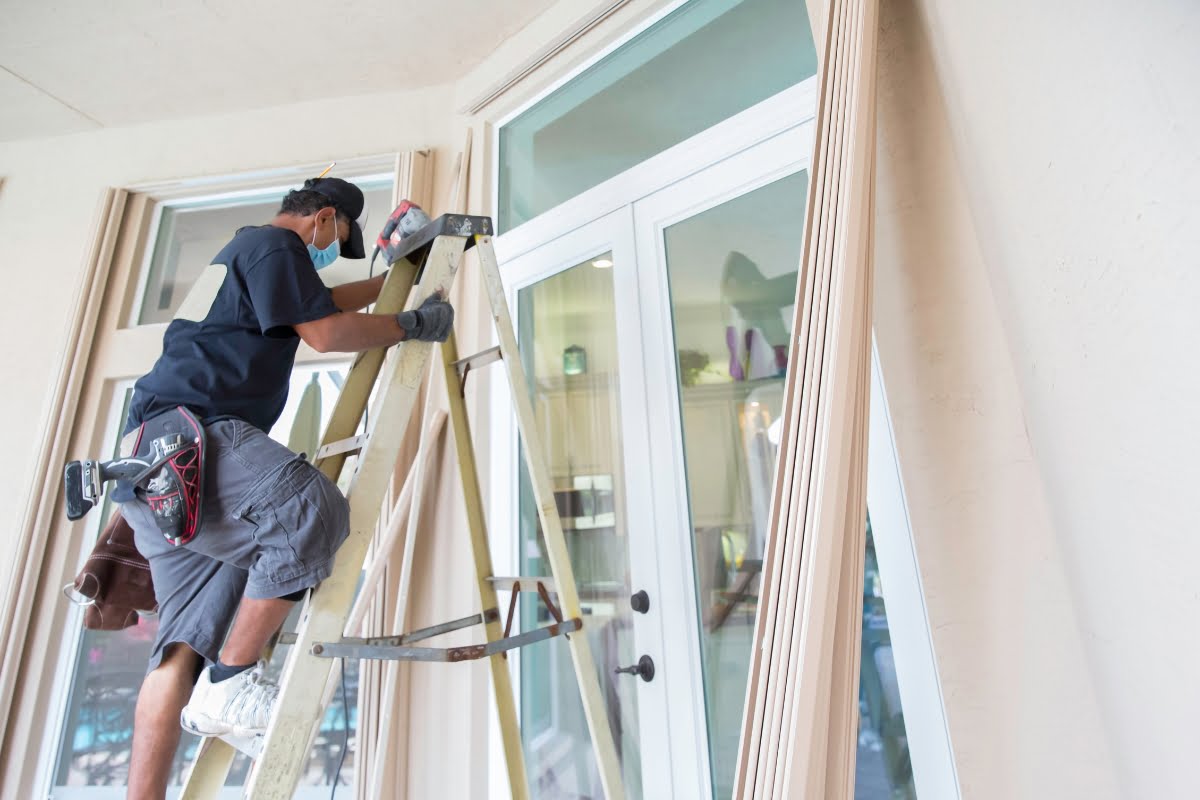
To better protect your home from severe weather, investing in storm-resistant materials is a smart decision. These materials are designed to offer long-term protection and reduce the risk of damage during storms.
Start by upgrading your roof. Traditional asphalt shingles may not hold up well against high winds and debris, but impact-resistant materials like metal or concrete tiles are more durable. These roofing materials are built to withstand the force of severe storms, helping protect your home from leaks or structural damage.
If you live in a hurricane-prone area, consider installing hurricane-rated windows and doors. These are specifically tested to endure strong wind gusts and impact from flying objects. Impact-resistant windows and doors are made with reinforced glass that stays intact even when struck by debris, reducing the risk of shattered windows.
Another great investment is storm shutters, which provide an extra layer of protection for your windows. Shutters are designed to shield your windows from debris and wind damage. Installing these features not only protects your home during storms but can also help lower your insurance premiums by showing that you’ve taken measures to reduce risks.
Maintaining Trees and Landscaping for Storm Safety
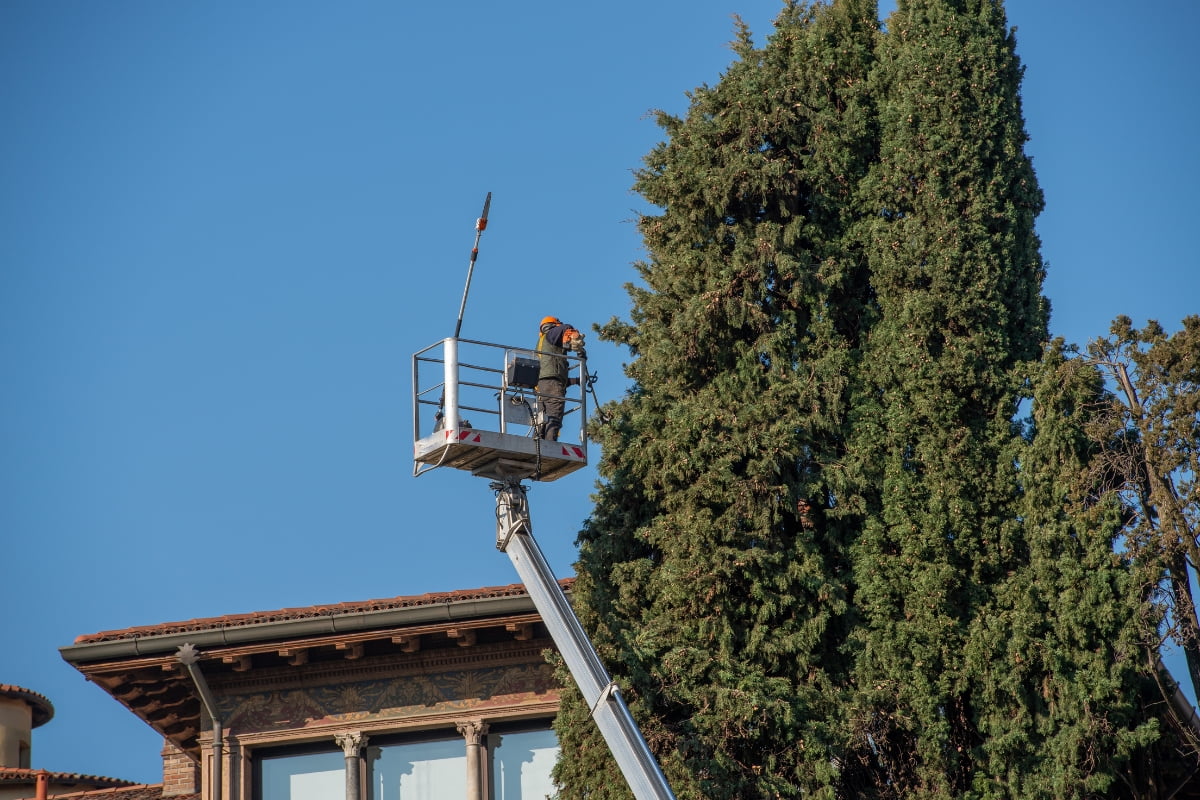
While trees and landscaping add beauty to your property, they can become dangerous during storms if not properly cared for. To minimize risks, it’s essential to keep your trees and yard in good condition year-round.
Start by inspecting the trees on your property regularly. Look for any signs of disease, decay, or weak branches. Dead or damaged branches are more likely to break off during a storm and can cause serious damage to your home or nearby structures. By pruning these branches early, you can reduce the chances of accidents and keep your property safer during bad weather.
When planting new trees, think about how large they’ll grow and how close they’ll be to your house. Planting large trees too close to your home can become problematic as their branches may fall on roofs or windows during strong winds.
In addition to trees, pay attention to shrubs, bushes, and other landscaping elements. Regularly prune overgrown plants to keep them healthy and to avoid any loose branches from becoming projectiles. It’s also important to clear your yard of loose debris like lawn furniture, potted plants, or decorations before a storm hits. These items can be picked up by the wind and cause damage to homes, cars, or even people.
Ensuring Proper Drainage to Prevent Flooding
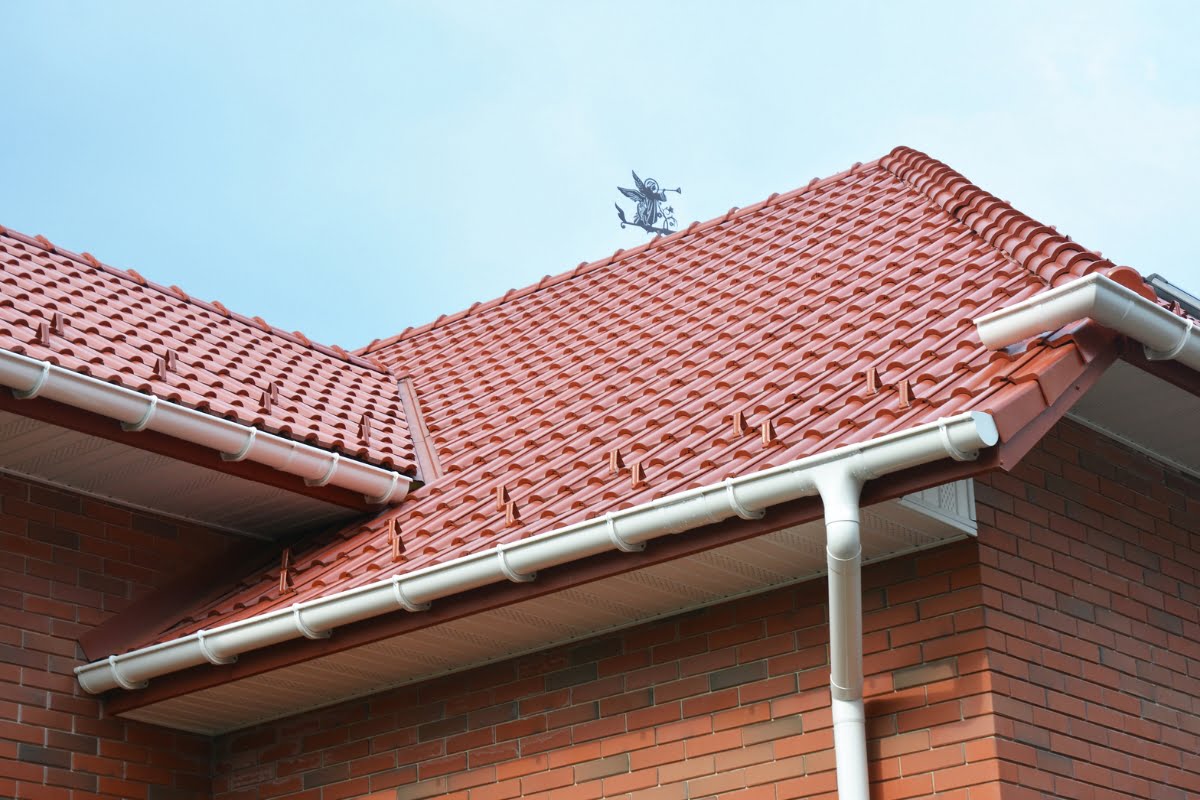
Flooding is a big concern during heavy storms, but making sure your home has proper drainage can help prevent water damage. One of the easiest ways to do this is by regularly cleaning out your gutters and downspouts. When gutters get clogged with leaves and debris, water can’t flow freely, which can cause it to overflow and collect around the foundation of your house. This increases the risk of water seeping into your home and causing flooding.
If you live in an area that experiences frequent flooding, you might want to consider installing a sump pump in your basement or crawl space. A sump pump works by collecting and removing any excess water that builds up, keeping your home dry even when heavy rain hits.
It’s also important to inspect the grading around your property. Make sure the land around your home slopes away from the foundation. If the ground slopes toward your house, rainwater will naturally pool around the foundation, increasing the risk of flooding or water damage. By adjusting the slope, you can help direct water away from your home.
In addition to these steps, you may want to install French drains or other drainage systems if your yard tends to collect water during storms. Keeping your home protected from flooding is crucial to avoiding long-term damage and costly repairs.
Conclusion: A Resilient Home for Peace of Mind
Storm-proofing your home in Georgia is essential to safeguarding your property and loved ones. By taking proactive measures, you can minimize potential damage during severe weather.
When it comes to securing your trees and landscape, trust Campbell Tree Management Services for professional storm-proofing solutions such as tree removal and pruning. Contact us today at (770) 286-8058 or request a free quote to protect your home before the next storm hits.

